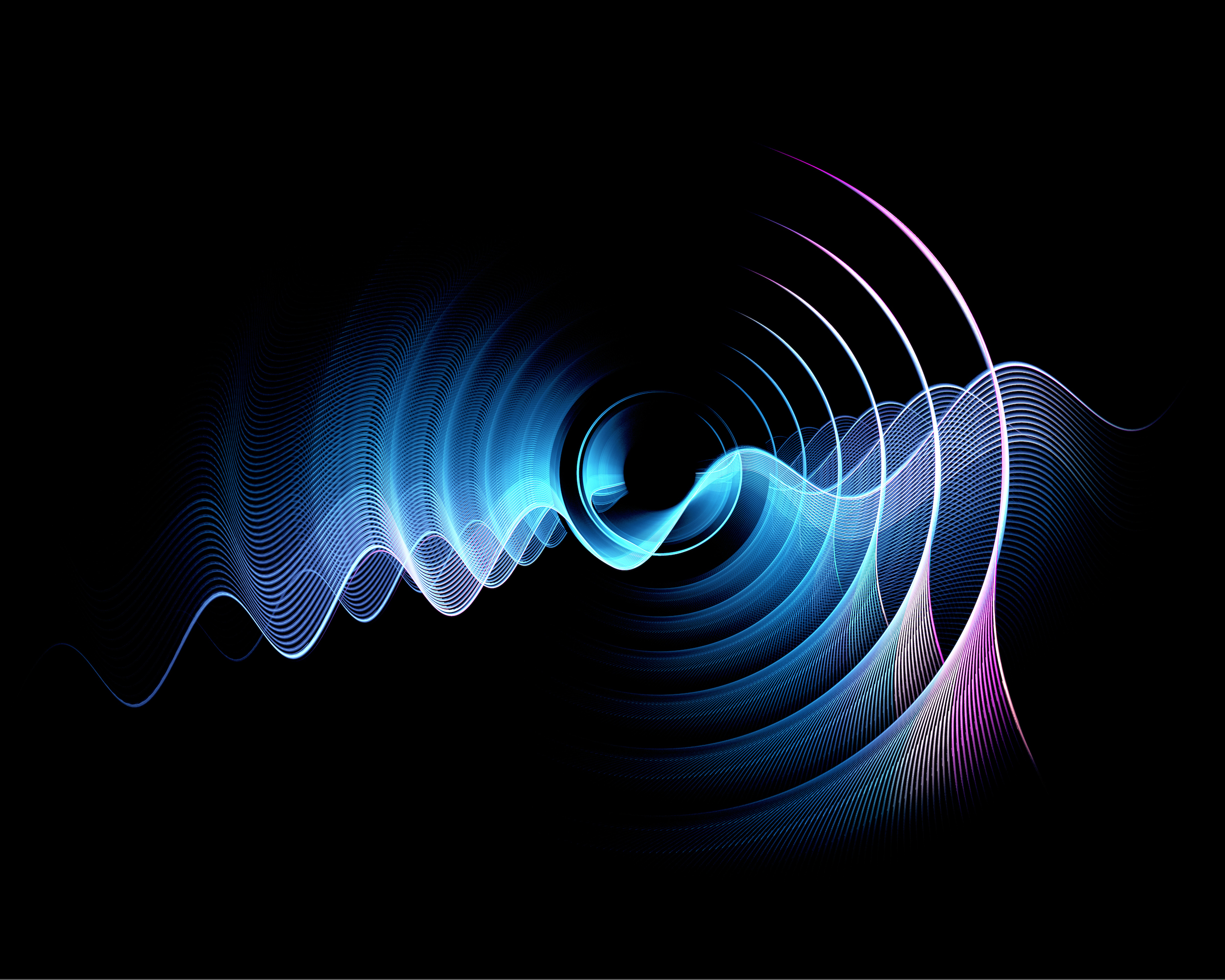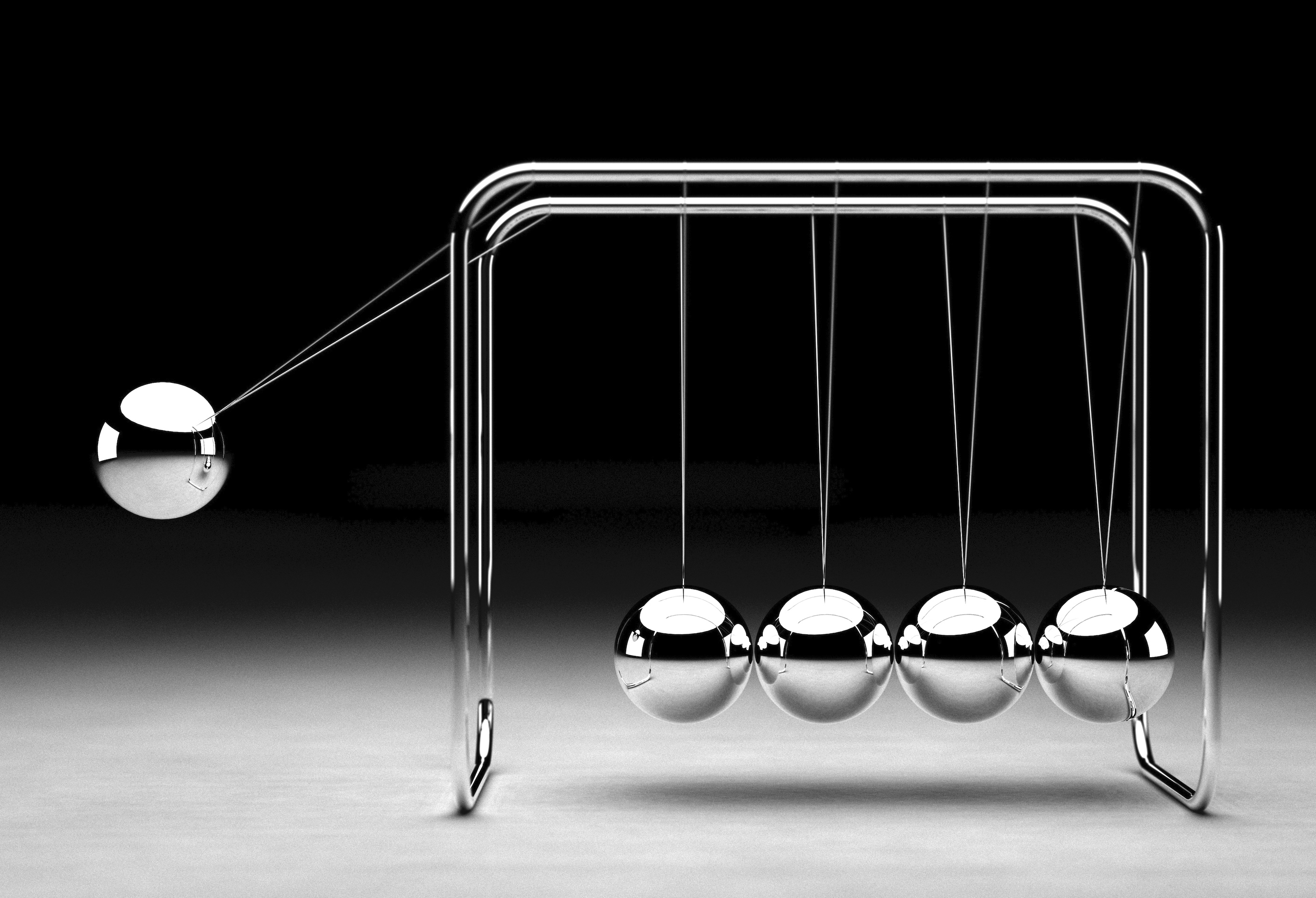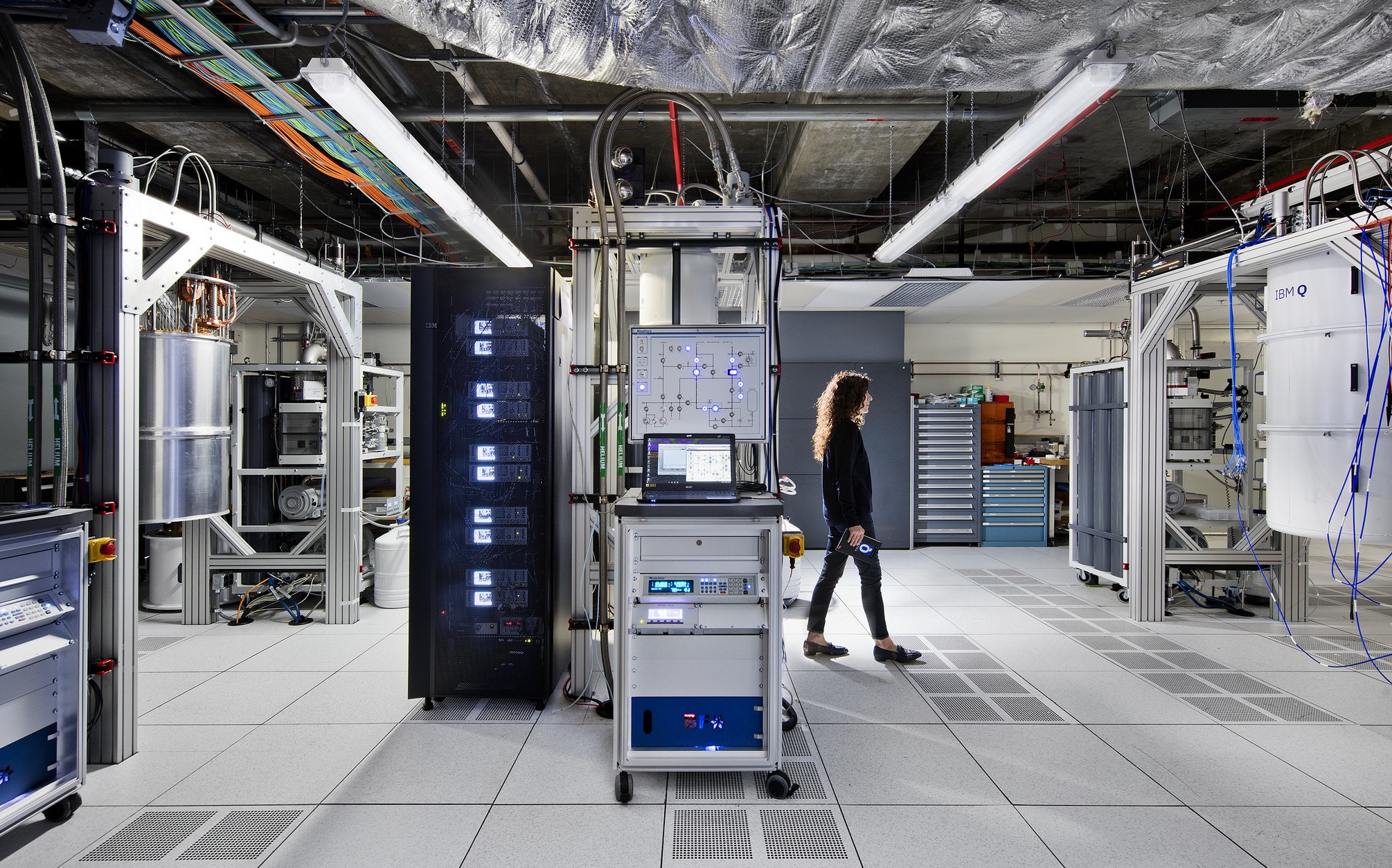
Sciences & Technology
Looking inside a pigeon’s ear using quantum technology

Time crystals are mysterious configurations of particles that are perpetually switching and quantum computers can now be used to examine them
Published 3 March 2022
When you hear the words “time crystal” you could be forgiven for imagining something fantastic like a magic crystal ball or a device for time travel. But time crystals are very real, although they are a bit like magic.
While a time crystal shares some of the atomic properties of crystals, unfortunately for science fiction and fantasy fans, they are not at all like a crystal you can see and touch.

Time crystals are actually a unique arrangement of particles that are in perpetual and repeating motion in both time and space. And for the first time in Australia, our research group has been able to observe a time crystal in action.
Time crystals are important because they are a new phase of matter – instead of being in equilibrium or a steady state – they are forever switching between states. In addition, they come very close to challenging the laws of physics by being in perpetual motion.
They could also be the basis for creating a new memory device to complement future quantum computers.

Sciences & Technology
Looking inside a pigeon’s ear using quantum technology
Solid crystals like rock salt and diamonds, are defined by how their atoms are spatially arranged and repeated. In fact, almost every solid material is in a way crystalline.
Compared to these everyday “space crystals”, a time crystal is a system of particles that repeat in time and space. In addition, a time crystal spontaneously and perpetually switches between two different configurations, back and forth.
That sounds harmless, but constitutes almost a violation of the laws of physics that otherwise suggests that energy of motion will always dissipate in a process where entropy (a measure of disorder in a system) increases. I say “almost”, because we can’t extract energy from the perpetual movement of time crystals so there is no energy dissipating.
To better understand the strangeness of this, imagine you are baking and you fill half of a mixing bowl with flour and the other half with sugar. When you stir them together entropy will increase and cause disorder between the substances so that you will no longer have flour and water, but a mixture of both.

Now imagine the impossible and entropy doesn’t increase. No matter how long you mixed the two together you’d be left with all the flour still on one side of the bowl, and the sugar on the other.
A time crystal is just like a system where flour and sugar are not mixing – that is, entropy remains stationary over the time. This is why physicists all over the world are excited about time crystals.

Sciences & Technology
Machine learning to scale up the quantum computer
Building a time crystal however is tricky – many requirements need to be met.
To avoid thermalisation (the technical term for the flour and sugar mixing as entropy increases), the individual components of a time crystal must be isolated from the environment, otherwise thermal vibrations would always destroy the time crystal system.
That sounds really tough but there are already machines whose components need to be as isolated as possible using today’s technology – quantum computers.
While time crystals have been observed before using different techniques, last year a team of over 100 people from Google and a number of universities became the first to create a time crystal using a quantum computer, publishing their achievement in Nature in November.
They were just ahead of us with our paper coming out in March. However, in contrast, we were able to observe our time crystal at University of Melbourne with a research team of two.

Like time crystals, quantum computers use unique systems of particles to create a quantum state that can be used to process data. Various prototypes have so far been built by different companies and organisations, but one common technique used to isolate the fragile quantum state is to keep it at an extremely low temperature.
IBM offers free online access to sections of its own quantum computer, but to build our time crystal we needed greater access which we were able to secure through IBM’s Quantum Hub at the University of Melbourne.
That gave us access to the best-performing sections (known as partitions) of the IBM quantum computer.

Sciences & Technology
A brief history of Quantum
Turning a quantum computer into a time crystal satisfies all other requirements as well. For instance, the initial state of the system can be prepared. Instead of flour and sugar, a quantum bit (qubits) of a quantum computer can, for computing purposes, take the discrete values “0” and “1”.
The different configurations of 0 and 1 are the basis for how regular computer bits process information, but in quantum computers, the process is enhanced by the unique quantum state of the qubits.
While the quantum simulation on the IBM quantum computer is still somewhat “noisy” with imperfections or interference – reflecting the fact that all today’s quantum computers are still only prototypes – we were still able to observe a time crystal in which the configuration of qubits kept repeating.
This exotic quantum system is fascinating for its own sake, but there is also an obvious application for time crystals.
Since the configuration keeps repeating, the system will never lose its memory. That is, it never forgets this initial state. It means time crystals might constitute a perfect quantum memory device.
But as a new phase of matter, we also have a lot yet to learn about time crystals and the more we learn the more useful they may become. The emergence of quantum computers as a means for creating and studying time crystals will only accelerate our knowledge in this new quantum race.
Find out about University of Melbourne’s IBM Quantum Hub.
Banner: Getty Images